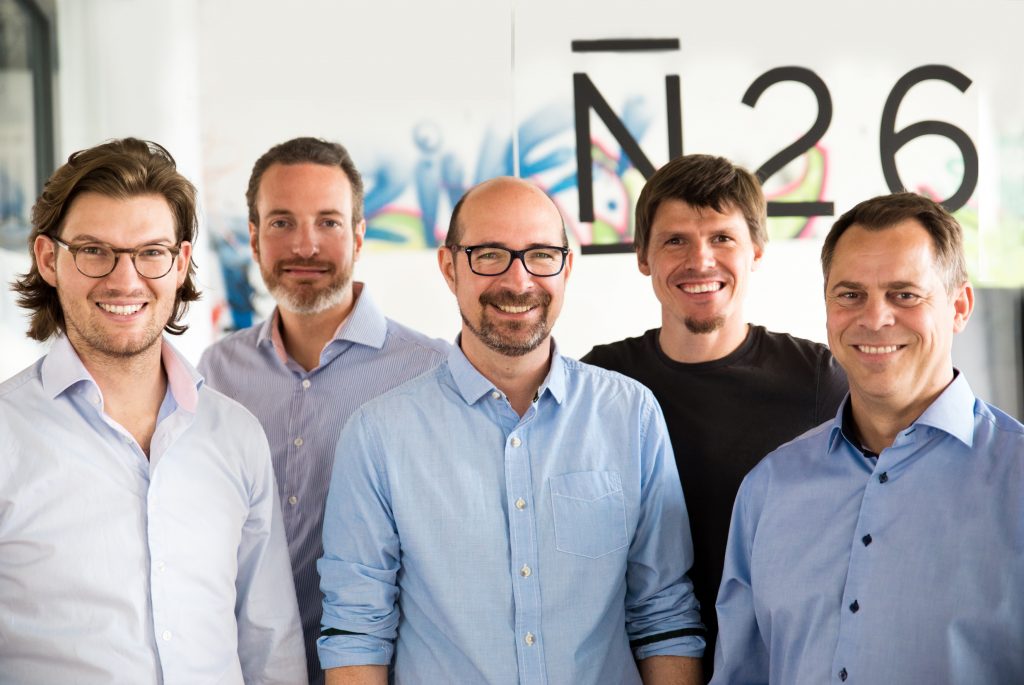How transparent is financial social media really?
Over the past few years, investors have been treated to an unprecedented level of transparency thanks to Twitter/Facebook/blogging.
With millions of people tradestreaming (the collective publishing of investing advice 24/7) out onto social networks, all an investor needs to do is just plug in and begin learning from investors much more experienced and talented than he.
Moving beyond just listening to the stream, many investors are replicating hedge fund returns by following top investors’ quarterly regulatory filings on sites like market folly and using research tools the likes of AlphaClone (affiliate link because it’s awesome).
Here’s an example of how I’ve built my own DIY all-star hedge fund.
Professional advisors and the social media pushback
But this post on Quora (if you’re interested, follow the Tradestreaming board on Quora) got me thinking about how transparent investors — particularly, investment advisors — really are online.
In fact, in talking with many portfolio managers about the merits of joining a marketplace for portfolio managers like Covestor, one of the biggest pushbacks I’ve heard has been the need to be completely transparent. It’s one reason why truly valuable actively managed strategies may not make their way to ETF format: investors can track (almost) every move.
As the Quora post describes, many investment advisors feel that their stock picks are their special sauce and wouldn’t do anything to jeopardize losing their edge.
There’s little advantage in it for them, because for most the exclusive nature is their bread and butter
Freemium: emphasis on the -mium
When they approach publishing online, these investors actually reveal very little of what they’re really doing with their portfolios. They throw a bone to investors here and there, but typically it’s just a throwaway investment idea, not something they’d stake their livelihoods on.
If these investment types are really using a freemium model to attract new clients, they’re definitely emphasizing the –mium part, not the free.
The downside risk of being wrong outweighs opportunity of being right
Of course, like financial newsletters, there’s a downside to being completely transparent — the risk of being wrong. Investors want to believe good managers (and newsletters) are infallible. All their picks go up. Returns are always outsized.
Just take look at Jim Jubak — he’s publishing away, airing his laundry for the world to see. He gets some right and some wrong. The point is no stock picker is going to be infallible.
Advisors have good months and bad ones — that’s part of the game and inevitable. It’s how well advisors limit their downside on the bad months that determines how good overall performance is going to be. Investors don’t like to think about how hard investing is (geez, May 2012 was impossible).
As Barron’s Steve Sears said in my recent interview with him:
Investors want a pharmaceutical solution to investing, a magic performance pill they pop to succeed.
But of course, for most of us, we understand that it’s not always the outcome of the investment advice. Rather, it’s the thought process, the intellectual back-and-forth to hone a thesis about what the world will look like in the future.
That’s hard but it’s also a conversation worth having. That’s why I’m betting on the tradestream as the future of investing.









